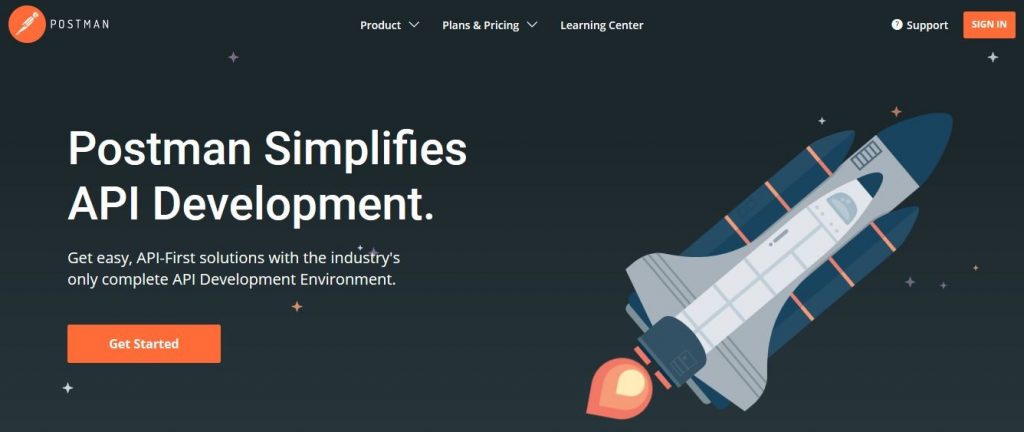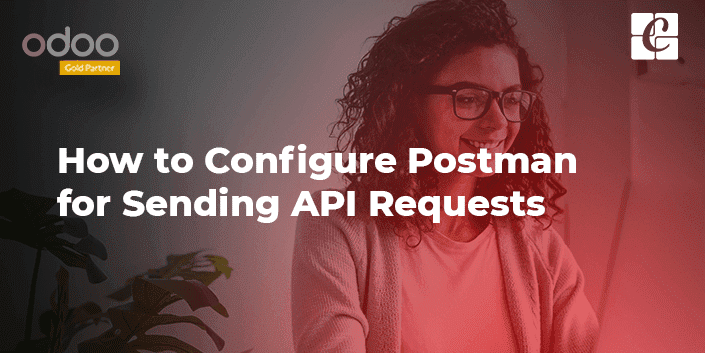

With a tool like Postman, it becomes quite easy if we could use it for SOAP-based services as well. Now, let’s see how we can use Postman to validate SOAP-based web services.Ĭurrently, not many developments happen with SOAP as REST is the most defacto standard that’s currently being used, however, there are a lot of legacy projects still using SOAP and a lot of people still use tools like SOAP UI to test sending requests and receiving responses from SOAP-based web services. In our previous tutorial, we saw how we can create requests for REST API. With Postman, you can test all kinds of API – be it REST API or SOAP-based web services. We will look into Postman collections in detail in our upcoming tutorials. Not only the collection but also associated collection variables, request body, etc also get imported and get created as valid Postman requests. #3) Once the Open API Spec is imported into Postman, you would be able to see a new Postman collection that got created with all the requests that were present in the spec. By simply copying the contents of the Open API Specification (in YAML/JSON format) and “Pasting as raw text” in the Postman Import window.
#POSTMAN SOAP DOWNLOAD#
By specifying the remote swagger link without even having to download the file locally.Directly through the file present on the local system i.e.#2) Now, you can import the specification to Postman collection via 3 ways. You can simply navigate to Petstore and download the swagger JSON (please note that Open API based specifications are available in both YAML as well as JSON formats and both are interconvertible. For illustration purposes, we will use the open-source “pets api swagger” documentation or specification.

#1) Take Open API based specification for an API. The steps remain pretty much the same as we did with importing the CURL requests in the above section. Open API Yaml or JSON to Postman collection feature is a great feature provided by Postman (It might not be available in the older versions though) and it allows you to directly import the entire API through the swagger specification. It’s good in a way as it follows standards and can be interpreted by different tools, languages in the same way in which it makes it an abstract choice to represent any API Open API based Specification has gained popularity recently and has almost become the defacto standard for representing REST-based API documentation. Importing Requests Through Open API Specification For this example, we will use cURL to get the request exported as cURL request).

#6) To export the request back to CURL, simply go to the “CODE” option in the Postman request window and select the type/language that you want to export (Postman provides a lot of different bindings/clients to which the requests can be exported to. You can try hitting Send on the imported request and match the output with that of the curl output. #5) If the Curl request syntax was correct, the Import should be successful and you should see the request turning into Postman request. #4) Now paste the curl command/request in the Import window and click Import. Open Postman Application -> Click Import -> Select “Paste Raw text” option in the Import window. #3) Now let’s try importing this request into Postman. #2) The CURL request for the above endpoint will be curl #1) To illustrate CURL, we would be using a sample REST endpoint using a fake REST service (This provides a lot of different endpoints to run a test or use it as a fake server hosting the REST endpoints). Postman provides an ability to import any CURL request as a Postman Request which can later be enhanced and makes it extremely readable. It is less readable as the output is visible on the terminal only and lacks formatting. Let’s look at each of these ways in detail!! Importing & Exporting Requests Through CurlĬURL is a command-line utility to execute any endpoint request. Through a curl request, Swagger or Open API spec, etc. Importing Requests Through Open API SpecificationĪ new request can be directly created through the Postman console or imported through various other ways i.e.Importing & Exporting Requests Through Curl.


 0 kommentar(er)
0 kommentar(er)
